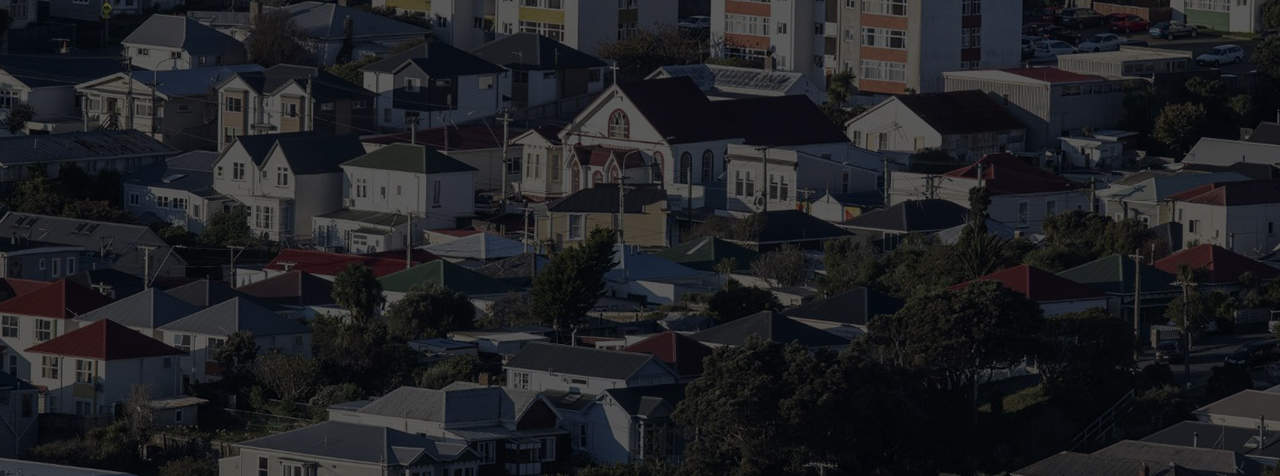
We are now weeks away from cessation of two of the largest ever cash injections into both the Australian and New Zealand economies.
In Australia, at the height of the COVID-19 pandemic, over $10 trillion (yep, that’s a really big number) of business loans had been placed on hold with mortgage deferments. That is a huge amount of principal and/or interest instalments left in the hands of the borrower, as extra immediate cash.
In addition to this, the Australian Job Keeper 1.0 and Job Keeper 2.0 payments – the latter ending in March 2021 – represented over $60 billion in cash injections into the economy.
In New Zealand, mortgages were similarly deferred, although less than 3% remained so at the end of January. As in Australia, the banks’ policy is that all mortgages will need to be serviced from April 2021. Wage subsidies in New Zealand amount to over $15 billion–although over $500m has since been repaid. The lengthy period of very low restrictions across New Zealand since the August 2020 lockdown in Auckland has seen a steady return to business as usual.

These stimulus measures in both New Zealand and Australia have meant that while small sections of the economy have endured catastrophic financial impacts from COVID-19, the rest of us have possibly never had it so good-do you know anybody who has brought a new kitchen, car, boat, or investment property during this “cash rich recession”?
As the remaining stimuli wind down, many may think some pessimism would return. Not the case! Business confidence has risen steadily in both Australia and New Zealand in early 2021 – although these figures pre-date the short lockdowns in Victoria and New Zealand (mainly Auckland) in February and March.
The roll-out of COVID-19 vaccines in both countries should also underpin a positive outlook for economic recovery. Business owners are generally optimists – they have to be. That said, business owners also love certainty. While COVID-19 still exists the only real certainty is uncertainty.
Over the last month I’ve talked to many professional advisors across both Australia and New Zealand. I’d summarise their outlook as “passively optimistic”. They are hoping for the best, planning for the worst, and in most cases watching rather than taking risks.
Will this passive optimism translate to a self-fulfilling outcome of slow or no growth? Only time will tell. We are very interested in your opinion.
